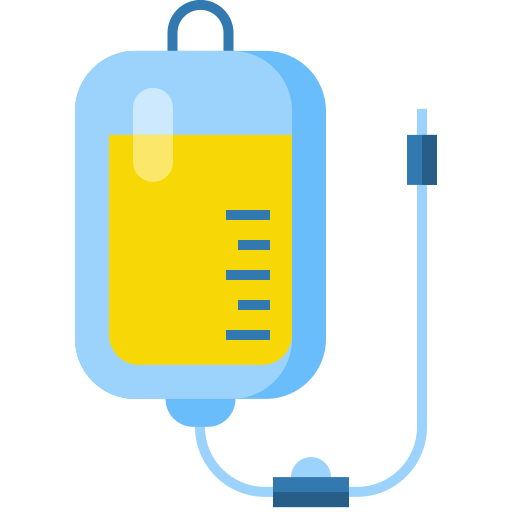
Propofol
200 mg/20 ml
Radiant Pharmaceuticals Ltd.
Product Details
Description
Propofol is a sedative-hypnotic agent for use in the induction and maintenance of anesthesia or sedation. Intravenous injection of a therapeutic dose of propofol produces hypnosis rapidly with minimal excitation, usually within 40 seconds from the start of an injection (the time for one arm-brain circulation). The action of propofol involves a positive modulation of the inhibitory function of the neurotransmitter gama-aminobutyric acid (GABA) through GABA-A receptors.
Propofol has been used in association with spinal and epidural anaesthesia as well as with various types of premedicants, muscle relaxants, inhalation anaesthetics and analgetics. No pharmacological incompatibility has been observed. Lower doses of Propofol may be sufficient in case Propofol is used as an adjunct to local anaesthetic techniques. In doses applied clinically, propofol will not inhibit the synthesis of adrenocortical hormones. Simultaneous administration of opiates may potentiate respiratory depression caused by Propofol.
Allergy to propofol or any other ingredient in the preparation.
Local: Propofol is normally well tolerated. Its most common undesirable effect is pain at the site of injection that can be reduced by mixing the preparation with lidocaine or by injecting it into one of the larger veins of the forearm or the intercubital fossa. Thrombosis and phlebitis are rare. General: Hypotension and transient apnea may occur at the induction of anaesthesia, and may be severe especially in patients who are in a poor general condition. Epileptic movement, convulsions and dystonic reactions have been seen in rare cases. Pulmonary oedema has also been reported. Headache, nausea and, more rarely, vomiting may occur in some patients during recovery. Recovery may also be associated with another short period of impaired consciousness. Hypersensitivity has been reported in some cases, connected with anaphylactic symptoms such as marked hypotension, bronchospasm, oedema and facial erythema. Some cases of cardiac arrest have occurred in connection with the administration of propofol. In connection with long-term administration of propofol, green or reddish brown discolouration of urine may occur. This is caused by the quinol metabolites of propofol, and is not dangerous. As with other anaesthetics, altered sexual behaviour may occur.
Due to insufficient experience, propofol shall not be used during pregnancy. Propofol is rapidly distributed to the foetus and shall therefore not be used for obstetric anaesthesia. Safety to the neonate has not been established in cases, where propofol has been administered to lactating women.
Propofol should only be given by specialists in anaesthesiology or under their supervision. The physician performing a surgical or diagnostic procedure should not administer propofol. Facilities for resuscitation in case of any complication should be available at the treatment unit. During the administration of Propofol, patients shall be monitored continuously to observe possible hypotension, obstruction in the respiratory tract, hypoventilation or insufficient oxygen intake at a sufficiently early stage. Special attention shall be paid to patients sedated by Propofol for a surgical or diagnostic procedure, who are not artificially ventilated. Caution shall be taken in administering Propofol to patients with cardiac, respiratory, renal or hepatic insufficiency. Hypovolemic patients and those with poor general condition form another risk group. Since propofol lacks vagolytic activity, bradycardia, even asystole, may occur. Intravenous administration of an anticholinergic agent before induction and during maintenance of anaesthesia should be considered, especially if propofol is used in conjunction with other agents likely to cause bradycardia and in situations where vagal tone is likely to predominate. Since Propofol is a lipid emulsion, appropriate care should be applied in patients with severe disorders of fat metabolism such as pathological hyperlipidemia. If Propofol is administered to a patient for whom excessive fat intake may be risky, blood lipid values shall be monitored and Propofol dosage decreased if necessary. If the patient is receiving other paranteral lipid emulsions in addition to Propofol, the amount of lipid in Propofol (0.1 g/ ml) shall be taken into account, when calculating the total intake of fat. In epileptic patients, propofol may lead to convulsions. The analgetic effect of propofol as such is insufficient. Analgetics shall be used to ensure sufficient analgesia. Full recovery from general anaesthesia shall be confirmed prior to discharge. It shall be noted that the aftermath of general anaesthesia may impair the patient's ability to understand instructions given postoperatively.
-
Support 24/7
Call us anytime -
100% Safety
Only secure payments